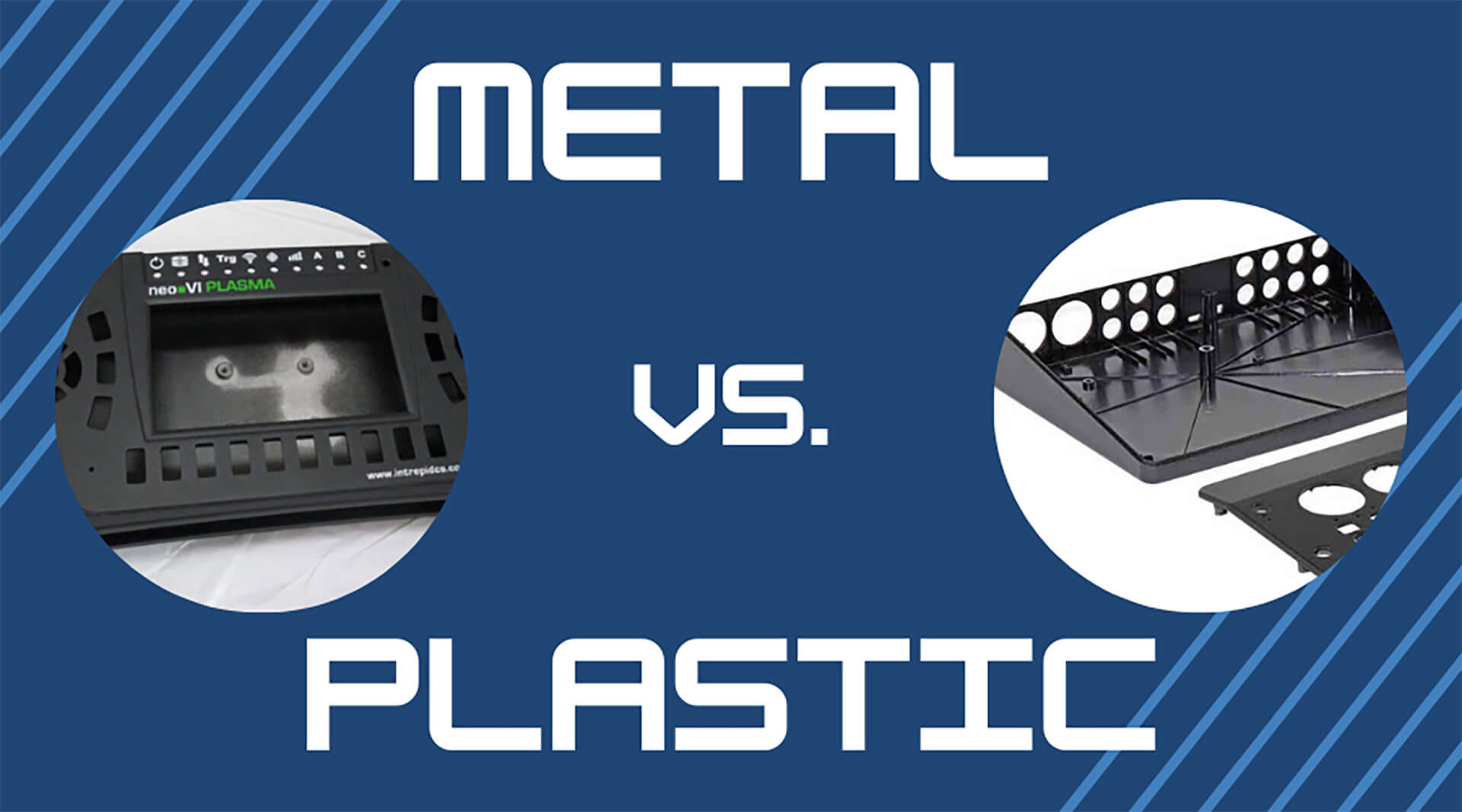A key consideration when designing a product is which material to use for manufacturing. Both plastic and metal have advantages, but you may be surprised that both materials can offer heat resistance and strength. So which should you choose? Below, we’ll outline each material’s benefits and drawbacks to help you decide.
Deciding Between Metal and Plastic: Factors to Consider
The decision between metal and plastic is typically based on some of the following criteria:
- Design requirements
- Industry standards
- Environmental factors (e.g., where and how the product will be used)
- Manufacturing costs
- Sustainability goals
Each material’s properties, manufacturing processes, relative strength and ultimate application will help determine which is a better fit for your product.
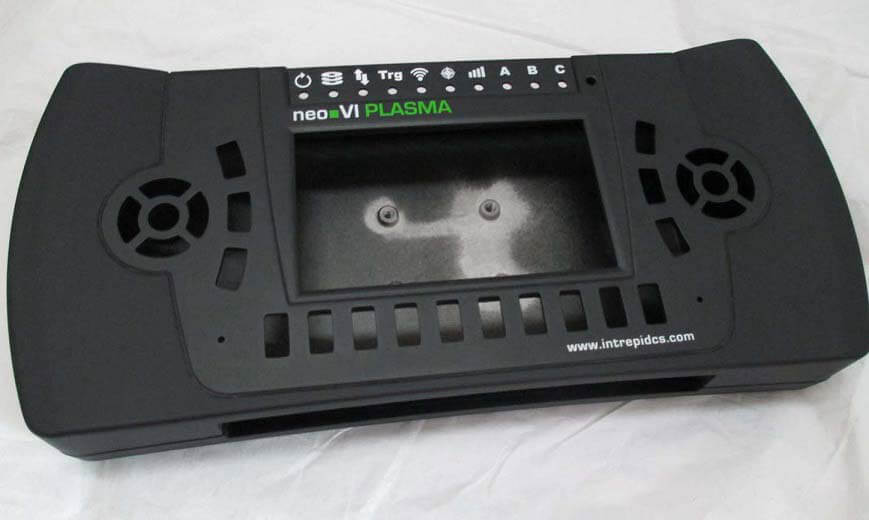
Properties and Characteristics
Metal is a great fit for some applications. Its properties include:
- Heat resistance: Its higher melting point makes it suitable for high-temperature environments.
- Strength: Durable metal is a good choice for structural parts and weight-bearing applications.
- Variety: Choose from conductive copper as well as its alloys (brass, bronze, etc.), steel, aluminum and more.
- Finishing customization: Metal has many finishing options (anodizing, powder coating, etc.).
While there are some potential benefits to using metal for product material, you will find that many of the same benefits can be realized with plastic if designed and engineered properly, including:
- Heat and fire resistance: Additives such as brominated flame retardant (BFR) can be used to make plastics heat or fire resistant.
- Strength: Additives such as fiberglass can increase strength, making it similar to or even stronger than the same metal part design.
- Variety: Plastic offers thousands of available material options. Select the one that is ideal for your specific product and needs.
- Color and finishing customization: This ability to customize plastic offers branding and aesthetic advantages. Most plastics start out clear, and then your manufacturer can add colorant to the material, compared with metal parts, which can be only coated or plated. You can also choose from dozens of different textures and finishes for your plastic part.
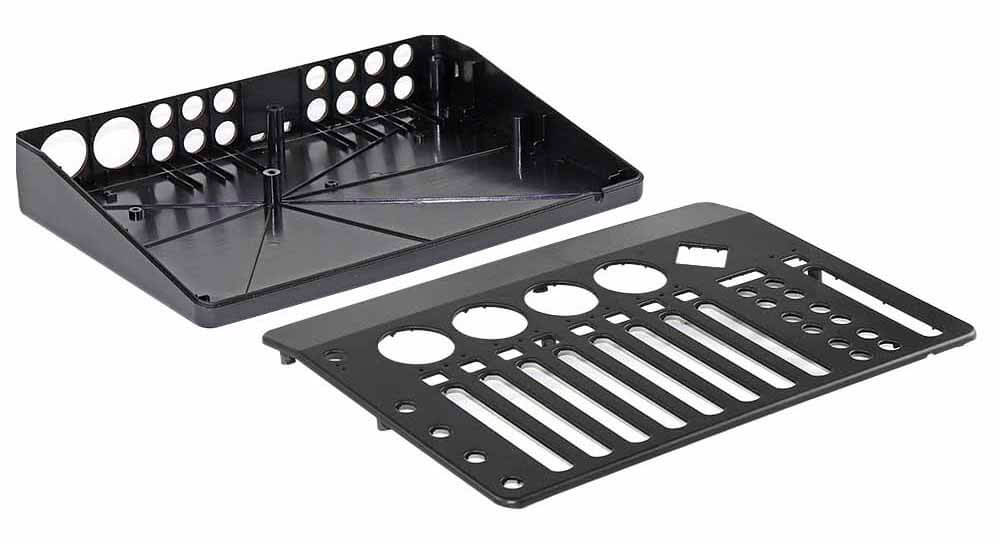
Manufacturing and Production Processes
Both plastic and metal undergo various processing methods. Plastic, commonly injection molded, can also be thermoformed, extruded and machined. Metals, commonly machined, can be die-cast, stamped and extruded. Large-volume production of metal parts is typically done using casting or forging.
Applications and Industries
Nearly every industry uses metal and plastic. Metal parts are most often found in transportation, aerospace, construction and the energy sector. Plastic parts are ubiquitous in pharmaceuticals, food and beverage , automotive interiors, packaging and sporting goods. The medical device industry uses both metal and plastic.
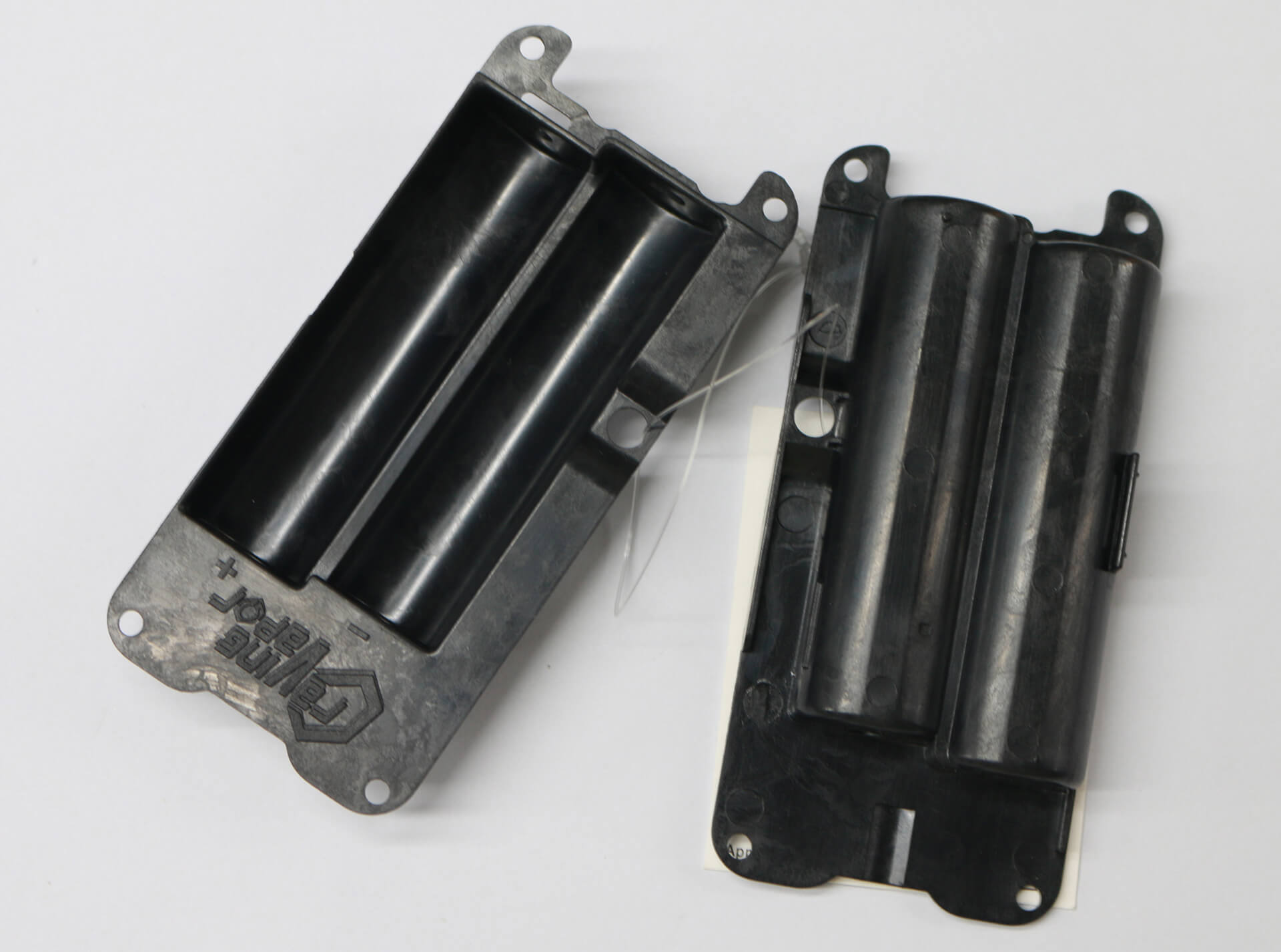
Strength and Durability
While metal is often considered stronger for structural and weight-bearing applications, certain plastics, such as PEEK and PEI, now compare similarly or even surpass metals in strength. The durability of each material depends on the specific type, intended application and environmental conditions under which the product will ultimately be used. Metals, particularly alloys, are known for their high strength, wear resistance and temperature resistance. Plastics offer lightweight options, corrosion resistance, chemical resistance and impact resistance.
Material Availability and Sourcing
Both metal and plastic availability may be affected by external factors. Because most virgin plastics depend on fossil fuels, they are subject to price fluctuations and supply chain vulnerabilities. Metals, on the other hand, rely on global mining operations, which are influenced by geopolitical factors, market demands and regulatory changes. Resource depletion and supply chain disruptions pose challenges. The United States generally has more supply and processing capabilities for plastics than metals. Reclaimed ocean plastic material can now be reliably procured from certified suppliers.
Environmental Impact of Metal and Plastic
Metals, especially aluminum and steel, are highly recyclable, with lower energy requirements for recycling. Mining for raw materials is a major environmental factor.
Plastics can be recycled, but rates vary depending on the material used and the availability of local recycling programs. Manufacturing plastics from fossil fuels is energy intensive, while advancements in bio-based plastics and recycling technologies aim to reduce environmental impact. Using recycled plastic, such as ocean plastic, gives companies the opportunity to take advantage of plastic’s many benefits while offering their customers more sustainable options.
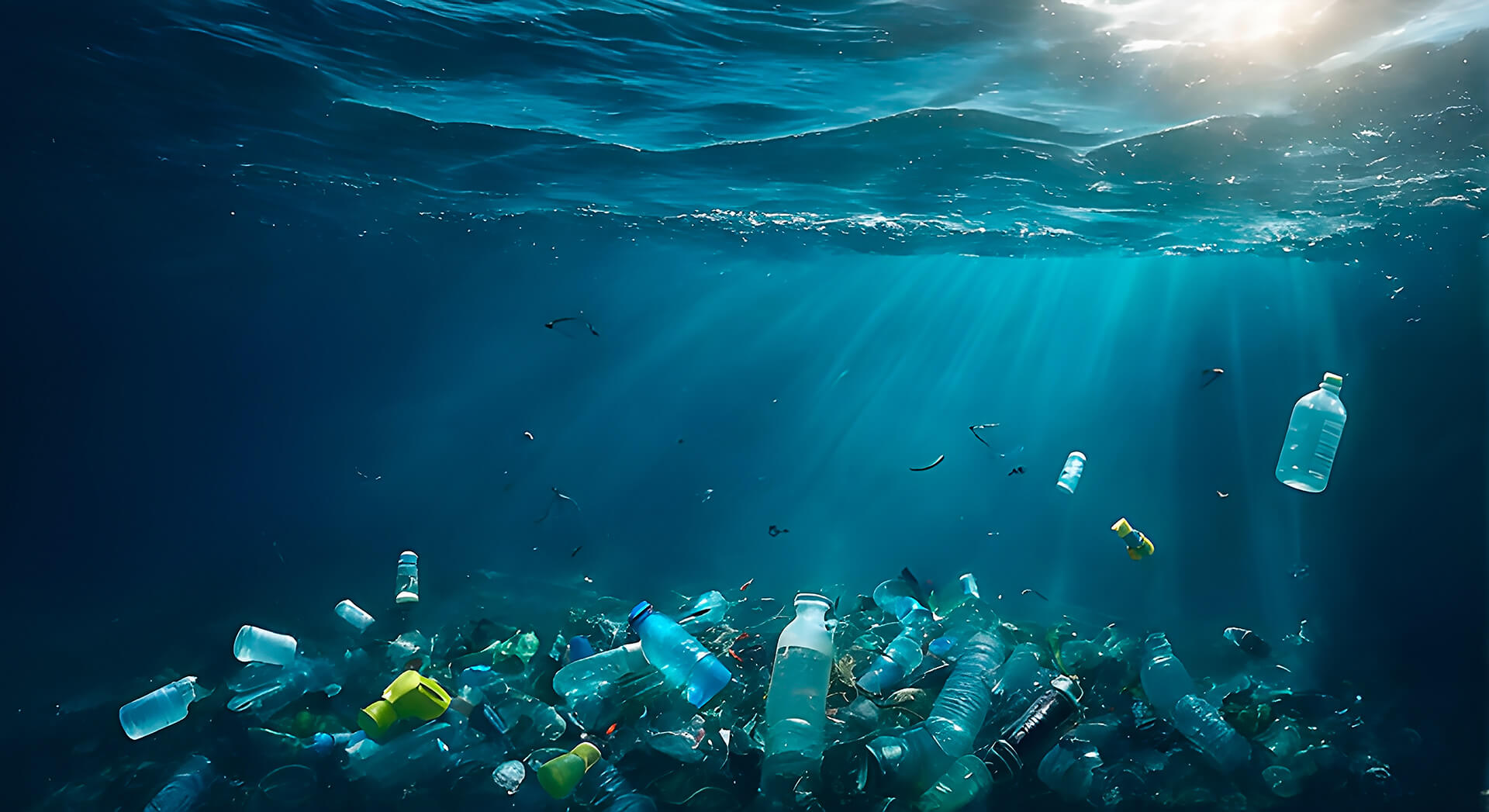
Cost-Effectiveness
Plastics are often less expensive in terms of material costs, with injection molding providing advantages for high-volume production. If made in large volume, metal products can also be manufactured cost effectively. But metal parts often require post processes, which occur after the initial production process. A part may need to be milled, honed or ground after casting. This is because some features may not be able to be cast. These additional processes can add cost, which may be problematic for your overall budget.
Depending on which metal you choose, metal may be more expensive than a comparable plastic material for a given application. Metal products are also often heavier than their plastic counterparts, which could affect the assembly process and freight costs for the final product.
Design Flexibility
Because of their methods of manufacture (such as thermoforming and injection molding), plastics excel in design flexibility, accommodating complex shapes, intricate designs and various finishes. Metals, known for strength and durability, may lack some finishing options available in plastics, imposing some design limitations.
Find Solutions with RSP
The choice between plastic and metal depends on your specific application, industry requirements and sustainability goals. While metal may be the right choice for some applications, be sure to consider plastic for its versatility, cost benefits and potential for sustainable sourcing before deciding how to manufacture your product.
Interested in learning more about different types of plastic? Check out our posts on bioplastics and the plastic injection molding process.
Still not sure which material to choose? Contact us today, and one of our experienced team members can discuss your options and provide a quote.

